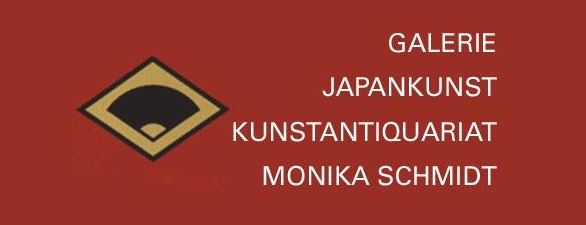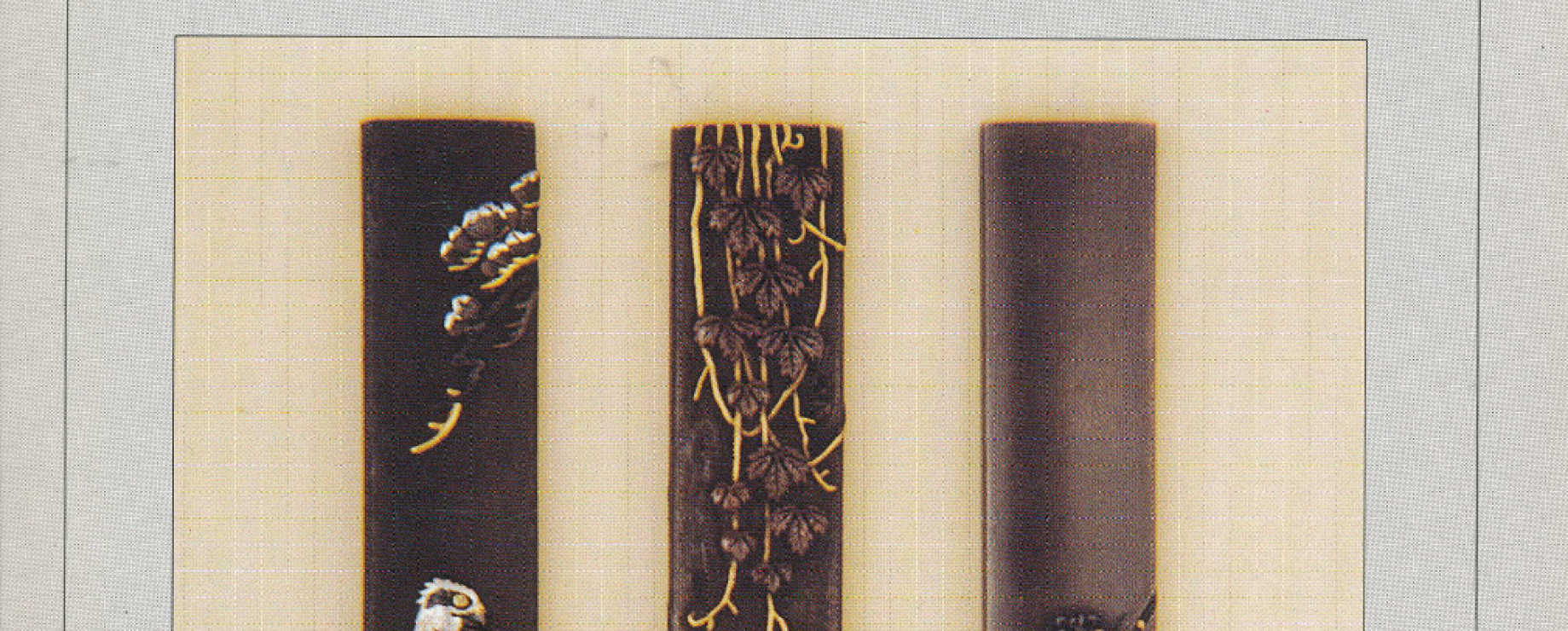EDITORIAL: Kawahara Keiga (1786-c.1860) was a painter employed by the Dutch on the small island of Deshima. His works show many aspects of everyday life and nature, and for this reason he has been called 'photographer without a camera'. Victoria Dashkevich-Purto has an interesting report on three albums of anonymous paintings in The Hermítage Museum of Leningrad, compiled by Van Overmeer Fisscher, a Deshima official for ten years. On stylistical grounds and because they were done on Dutch paper, Dr. Dashkevich could convincingly attribute these paintings to Keiga. In the makíng of the Japanese sword the emphasis has - until recently -been on the swordsmith and the polisher. Although this seems quite natural, Han Bing Siong explains the essential role of a thírd craftsman: the producer of the steel. Without the unique qualities of the steel, made by the traditional Tatara-method, the refined beauty of the sword could never have been achieved. Robert Vergez highlights the little-known book designs of the versatile artist Onchi Kōshirō (1891 - 1955). Onchi, whose work was influenced by Kandinski, Munch and Yumeji, held strong opinions on all aspects of bookmaking. The cover designs illustrated in Vergez' article show a remarkable variety of styles. In an unconventional article Richard Lane presents an intriguing description of a surimono by Sōri III, pupil of Hokusai. Step by step Lane analyzes the hidden meaning of this small print. With the help of an old map of Edo he could even trace the location of the scene.
Afbeelding










